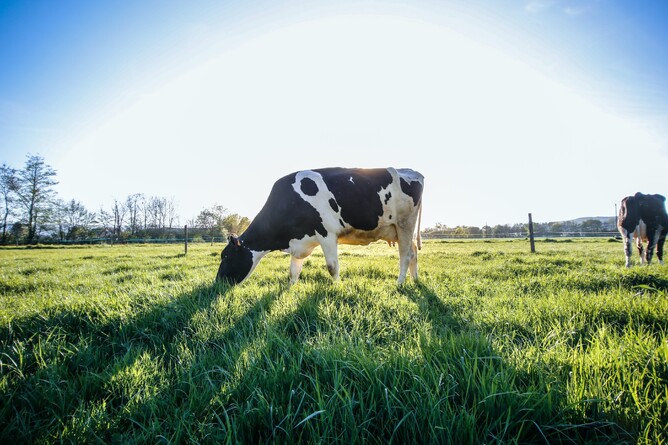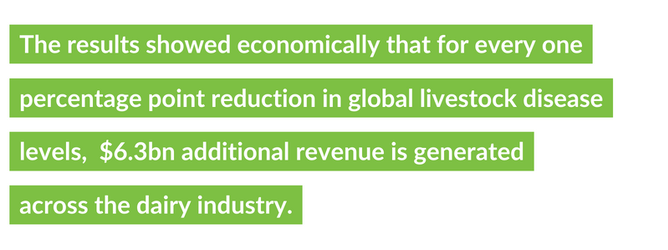Better animal health leads to reduced emissions, a world-first report has revealed. Exciting messaging about the direct relationship between animal health and emissions was announced during the 2023 World Dairy Summit and builds on our work here at WelFarm.
The report was produced for HealthforAnimals by Oxford Analytica and analyses the relationship between animal health and the economy, environment and society. Not surprisingly it highlighted globally animal disease significantly reduces productivity.
Estimated livestock disease costs are upwards of $600 billion NZ in lost production every year.
But the exciting statistics showed that scaling up existing practices in animal health and husbandry means livestock could potentially serve more than 9 billion people in 2050 without increasing emissions.
The report also showcased a fall in disease levels of 10 percentage points could decrease greenhouse gas (GHG) emissions by an impressive 800 million tonnes globally. This is equal to the average annual emissions of 117 million Europeans, based on the EU's estimate of 6.8 tonnes of CO2 emitted per person each year.
The effect of disease on GHG emissions is most pronounced in low-income countries. An outbreak of cattle disease affecting 20% of a herd is associated with an estimated 60% increase in GHG emissions in low-income countries compared to 42% in high-income countries.
Oxford Analytica built a model from 180 countries' worth of data collected between 2005 and 2022 which was sourced from the World Organisation for Animal Health (WOAH) and UN Food and Agriculture Organisation (UNFAO).
The model used a robust multiple regression analysis to find meaningful connections, or "associations," between factors such as vaccination, disease levels and productivity in livestock species.
It is also worth noting that associations can also reflect complementary, external factors as well. For example, vaccination data may also reflect the effect of an overall increased investment in veterinary care. The final results also estimate the collective impacts of disease and vaccination rather than for individual illnesses.
A case study analysis by Oxford Analytica found that livestock disease reduces global production by 80 billion kgs of meat and 179.5 billion kgs of dairy each year, reducing producer revenue by nearly $600bn.
And for every 1% reduction in dairy cattle disease rates, there would be an increase in production enough to meet the average dairy needs of 80.5 million people and increase producer revenue by $6.3bn. Current dairy production losses due to disease are approximately 180 billion kg, equal to the annual consumption needs of 2 billion people.


